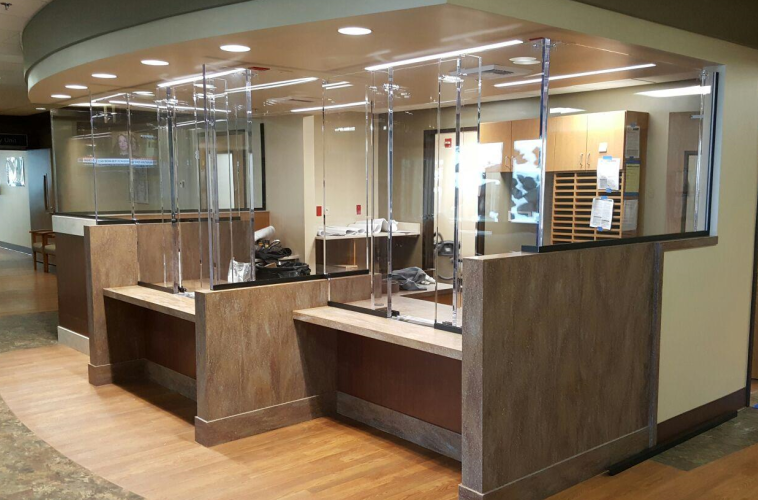Maintaining Your Ballistic System
Is Windex bad for bulletproof glass?
Yes, Windex (and other solutions containing hydroxides, dimethyl benzyl or ethyl ammonium chloride, ethylenediamines and hypochlorite) will damage acrylic and polycarbonate sheets. This chart provides a full list of compatible and incompatible cleaning options.
What causes fine cracks on the surface of my acrylic glass and how can I fix it?
Can I remove scratches on the surface of acrylic glass?
Unfortunately, surface scratches on acrylic products are inevitable. It is up to you as the end user, however, to determine if the repair on the acrylic will be of more harm than the scratch itself.

.jpg)